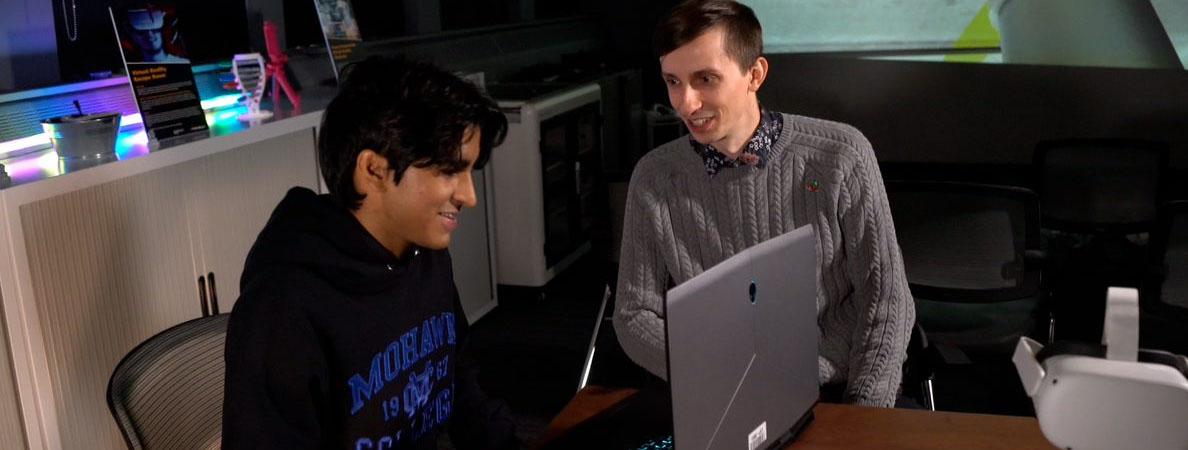
Equity, diversity, and inclusion (EDI) are becoming increasingly important principles in game design. These principles not only promote fairness and equal opportunities for all players, but they also lead to a more engaging and enjoyable gaming experience for everyone. EDI ensures all players feel welcome no matter their age, gender, race, sexuality, or anything else that makes them who they are.
One of the main reasons why equity, diversity, and inclusion are important in game design is that they help to create a more inclusive and welcoming gaming community. Representation in media can be incredibly powerful, especially for groups that have rarely seen themselves represented. The ability to escape into a new world is one of the greatest benefits of gaming. For many people, that escape can be harder to achieve when none of the characters in the games they play resemble them in any way. Including characters who are LGBTQ, characters with different cultural backgrounds, characters with disabilities, and many other forms of representation allows people to see themselves in the games they play. That representation not only validates people, it allows them to enjoy the escapism in games that can be easy to take for granted. By ensuring that everyone has the same opportunities to participate and succeed in the game, game designers can help to foster a sense of belonging and inclusivity among players. This leads to a more positive and supportive gaming environment, where players feel comfortable expressing themselves and engaging with others.
 The importance and benefits of EDI starts in the game design studio. “There are two key components to EDI in games,” said Lisa Funnell, Associate Dean of Creative Industries at Mohawk College and one of the creators of the Game - Design program at Mohawk. “There’s the content, and there’s production context. On the one hand, we need to think of the content that’s created – is it open, is it inclusive, is it appealing to a wide demographic.”
The importance and benefits of EDI starts in the game design studio. “There are two key components to EDI in games,” said Lisa Funnell, Associate Dean of Creative Industries at Mohawk College and one of the creators of the Game - Design program at Mohawk. “There’s the content, and there’s production context. On the one hand, we need to think of the content that’s created – is it open, is it inclusive, is it appealing to a wide demographic.”
She continued, “On the other hand, it matters who are creating
these games, who are offering those creative contributions. We shouldn’t be having any media created from one single perspective, we need a diversity of perspectives all the way along. Diverse creation doesn’t mean someone coming along at the end and spot-shot errors; we need to have diversity from inception all the way to production, marketing and release. Otherwise, we can’t offer the type of representational lenses that allow for more equitable and inclusive content.”
It’s just as important to have a diverse group of people creating a game as it is to be able to reach a diverse group of players. By representing a wide range of backgrounds, experiences, and perspectives in a game, game designers can create a more diverse and dynamic gaming world. “You can’t just sit in a corner and think what other people in the world want,” said Raphaël Tétreault, a professor in the Game Design program at Mohawk. “You have to go out and talk to them, engage with them and help meet their needs. A big part of inclusivity is a need for different kinds of creators, people who have lived different experiences and can help people in different ways.”
This diversity can make the game more interesting and engaging for players, as they are able to explore new and exciting environments and interact with a diverse cast of characters. “It matters who’s telling the story, how the story is told, and how we consult about storytelling. All of those factors really matter when it comes to equitable representation in a broad sense,” said Lisa.
Diverse teams are more creative and effective, with their range of backgrounds allowing them to tackle problems with a variety of perspectives and potential solutions. Representation is important to both designers and players, and being able to provide that representation can make design teams more connected to the meaning in their work, leading to an increase in motivation and productivity.
Taking steps to ensure equity, diversity, and inclusion are included can help to improve the overall quality of a game. Accepting and promoting EDI throughout design and development can ensure that the game is fair and accessible to all players, and creates an environment where game designers can help to prevent issues such as discrimination and bias from arising. This can help to create a more balanced and enjoyable gaming experience for everyone.
By promoting inclusivity and fairness, game designers can create a more welcoming and engaging gaming community and revolutionize the gaming industry. Representing a wide range of backgrounds and perspectives in their games means game designers can create a more diverse and engaging gaming world. “We don’t want to just make people who will go out into the industry and do what they’re already doing; we want to model what the industry should be,” said Raphaël.




